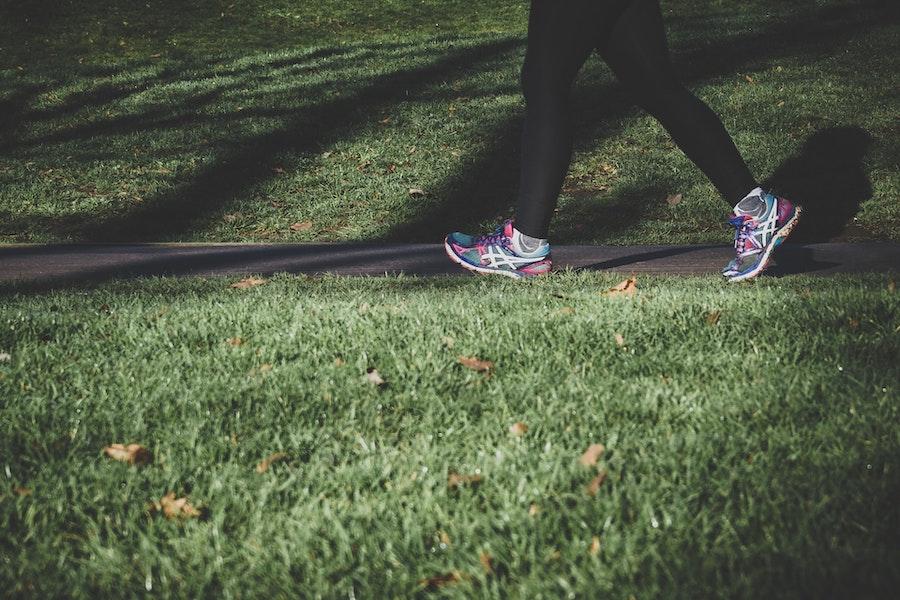There’s lots of talk about the importance of kegel exercises both during and after pregnancy - we have written a lot about it in the app. Below is some additional information about squeezes and stomach tension.
Overworked pelvic floor and abdomen
Many women actively squeeze their pelvic floor at least a little bit when doing daily activities such as going for a walk, picking something up from the floor, standing or sitting, and exercising. It is also common that this occurs when the stomach muscles are contracting.
Tightening the stomach or constantly squeezing can cause long-term problems. A muscle that is contracted for too long without rest becomes overworked due to a lack of oxygen. This often leads to pain and weakness, and it’s often more difficult to breathe deeply with constant tension on the pelvic floor and abdomen. Many people probably are familiar with the feeling of sore neck and shoulders after a long, stressful day of work. A tense, overworked pelvic floor is similar and can, for example, lead to back pain, difficulty emptying the bowel and bladder, intercourse pain, and exertional leakage.
Do not tighten more than necessary
Do not think that you have to squeeze and tense your stomach before doing the slightest movement or exercise. Let the movement control how much tension you need. The body can adapt on its own, if you let it take care of itself. We should not actively have to squeeze or contract our stomachs when we take a walk or perform light household activities. During heavier activities or exercises, increased tension in the abdomen and pelvic floor is automatic as a response towards the movement and abdominal pressure created.
If you become overly tense
If you feel that your pelvic floor is overly tense, it is advised against performing kegel exercises. In order to get a precise diagnosis and find the source of the pelvic tensions, an examination would be the best route to take. Seek out a physiotherapist specializing in women’s health for an assessment.
Abdominal exercise after childbirth
It is safe to exercise your stomach after pregnancy and childbirth. You can do any exercise you want as long as it feels good. Start easy and work your way up.
Returning to running and jumping
Running increases the load not only on your body but specifically the pelvic floor and stomach. Therefore, it is recommended to wait at least three months before even trying to jog for the first time after giving birth, regardless of the method used during birth. After 12 weeks, research shows that the tissues have regained about 80% of their original strength. You might also want to wait with jumping exercises and really heavy lifting. These exercises have particularly high abdominal pressure. Before running, make sure the pelvic floor, legs, glutes, and torso are strong enough before you start running.
If you are not used to exercising or were inactive during your pregnancy, it may be wise to wait up to 6 months before running, jumping, and lifting heavy. Listen to your body, and don’t do anything hasty.
Sources:
- Bäckenbottenutbildning med ursprung i ”Säker förlossningsvård” 2021. backenbottenutbildning.se
- Bø et al. Second Edition 2015. Evidence-based Physical Therapy for the Pelvic Floor.
- Goom et al. 2019. Returning to running postnatal - guideline for medical, health and fitness professionals managing this population.
- Faubion et al. 2012. Recognition and Management of Nonrelaxing Pelvic Floor Dysfunction
- Lind, Rotstein, Fernando, Olsson. Gothia fortbildning 2020. Bäckenbotten och förlossningsskador - Handbok för barnmorskor
- Regberg Lundborg. Balkong Förlag 2017. Gravidkraft - Hälsa genom rörelse och träning
